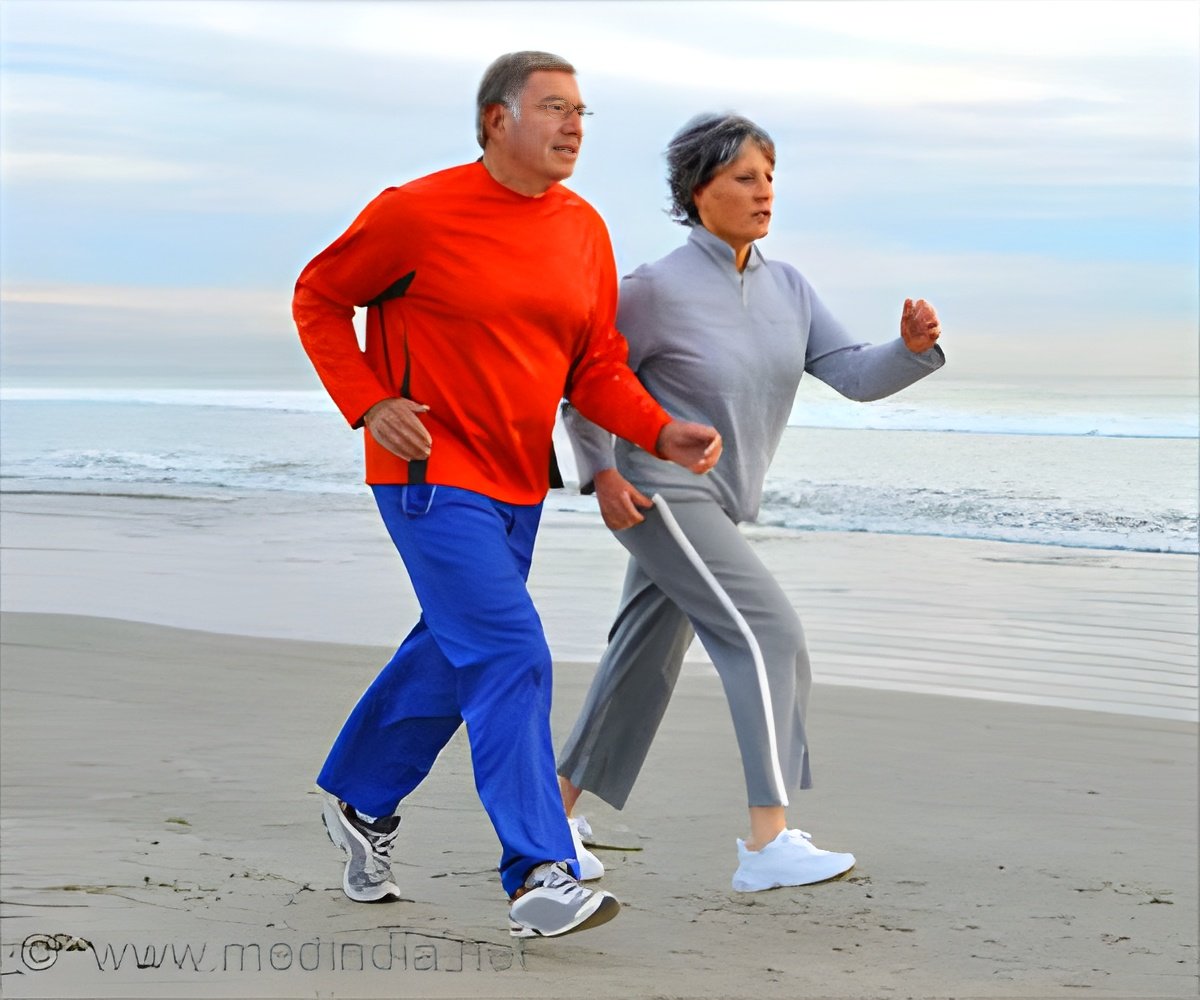A review is being conducted to determine which beta-blockers have the least physical limitation in hypertensive patients.

- Cardiorespiratory fitness is related to better outcome in patients with hypertension.
- Beta-blockers, the common medications used to treat hypertension, are known to reduce aerobic exercise activity.
- A review is being conducted to understand and determine which beta-blockers impose a lower physical limitation on physically active patients of hypertension.
Physical Activity is One of the Modifiable Risk Factors in Hypertension
Hypertension is a condition in which the arterial blood pressure or the blood pressure in arteries is persistently higher than normal. A systolic blood pressure above 140 mm of Hg and diastolic blood pressure above 90 mm of Hg is classified as hypertension.The two properties of beta blockers, decrease in heart rate and force of contraction, cause concern with respect to reduction in exercise capacity and resting metabolic rate in hypertensive patients. These could limit the physical activity, which is extremely essential in these patients. Therefore, it becomes relevant to evaluate the magnitude of influence of beta-blockers on physical activity and use the findings in determining the ideal beta-blocker for the treatment of physically active patients of hypertension.
Previous Studies Support the Negative Influence of Beta-Blockers On Exercise Capacity.
In a small study conducted in the past, Billeh R. and his team researched the effect of 50 mg metoprolol and 25 mg carvedilol on 12 healthy subjects. They found that the peak oxygen consumption reduced with metoprolol but not with carvedilol.
In another study, Van Bortel and van Baak compared the effect of 5 mg nebivolol and 100 mg atenolol in healthy volunteers. Atenolol caused a reduction in peak exercise and endurance while no such change was observed with nebivolol. It is important to note that the participants were healthy in both these studies.
The systematic review is being conducted by a team of researchers in the Czech Republic. The three-step review started with a search to determine if any other reviews existed in the literature on Cochrane, MEDLINE, and other similar databases but none was found. This reinforced the need for the same.
- Evaluate studies conducted on an adult population of both genders suffering from hypertension.
- Consider studies that assess effects of treatment of hypertension with a single beta-blocker or in combination with another drug.
- Survey studies that include the outcome of beta-blockers in relation to physical activity in patients suffering from hypertension.
- Include both published and unpublished studies.
The analysis will aim at patients of hypertension. A sub-group analysis shall be used for other associated co-morbidities. Sub-group analyses will also be used for varied age and gender characteristics, as well as for other factors. The review, once completed, will be published in a peer-reviewed journal.
The review will hopefully serve as an important tool for the physicians while determining the pharmacological management of hypertension in physically active patients.
References:
- BETA-Adrenoceptor Antagonists (BETA-Blockers)http://www.bhsoc.org/pdfs/therapeutics/Beta-adrenoceptor%20Antagonists%20(Beta-Blockers).pdf
- Effectiveness of β-blockers in physically active patients with hypertension: protocol of a systematic review; Dagmar Tučková, Miloslav Klugar, Eliška Sovová, Markéta Sovová, Lenka Štégnerová; BMJ Open 2016;6:e010534 doi:10.1136/bmjopen-2015-010534














